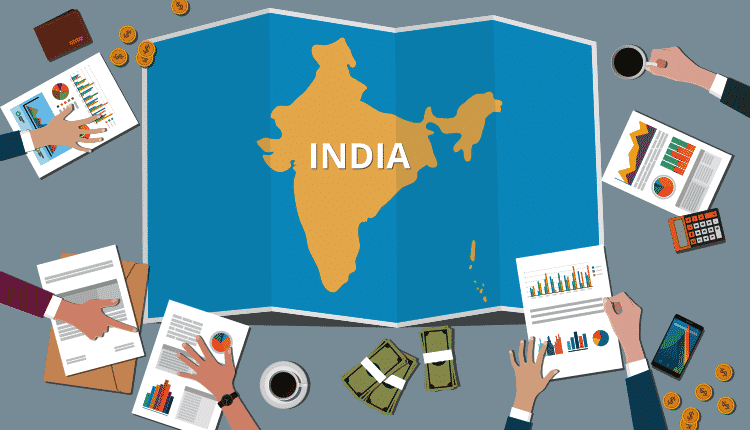quick look
- India Composite PMI hits 8-month high: The HSBC India Composite Purchasing Managers' Index (PMI) rose to 61.3 in March, marking a significant expansion in business activity.
- Manufacturing sector leads growth: The factory activity index reached its highest level since February 2008, highlighting the crucial role of the manufacturing sector in the economy.
- Continuing concerns about inflation: Despite strong growth, rising input costs indicate persistent inflationary pressures, which could influence future monetary policy decisions.
India closed this fiscal year with surprising strength, expanding at the fastest pace in eight months during March. The business survey reveals this performance, positioning the country as the fastest growing major economy worldwide. India's HSBC Composite Purchasing Managers' Index (PMI), an early indicator of economic health, rose to 61.3 from February's final reading of 60.6. This growth represents the 32nd consecutive month of expansion, with scores above 50 indicating growth. This growth was led by the manufacturing sector, a major economic engine, which saw the factory activity index rise to 59.2, a peak not recorded since February 2008.
Manufacturing and services: the twin pillars of growth
The dynamism of the manufacturing sector is evident in the significant rise in demand for factory goods, with new orders witnessing their fastest expansion in more than three years. This strong demand underscores India's position as the third largest economy in Asia and indicates a strong industrial sector. Meanwhile, the services sector, although slightly moderating, continued its strong performance with an index of 60.3 in March. The combined efforts of the manufacturing and services sectors are fueling domestic growth and leading to a significant increase in total exports, which expanded at their fastest pace in seven months.
Increased price pressures have accompanied economic improvement. Services companies faced the fastest rise in input costs in seven months, while the prices they charged saw the biggest increase since July 2017. Although manufacturers raised prices at a slower pace, input costs accelerated, suggesting that inflation may remain… A source of concern. These inflationary pressures may constrain the RBI's ability to cut interest rates, even as the economy grows.
Expectations and opportunities
India's rapid economic expansion is noteworthy. In addition, its vast domestic market lays the foundation for continued growth. By 2030, forecasts indicate that India will become the third largest economy in the world. This growth is due to the large population of 1.4 billion people and the increasing demand for electronic products.
The Morgan Stanley report offers an optimistic view. It expects the domestic market for electronic products to reach US$92 billion by 2032. This forecast is based on ongoing consumer demand. Moreover, this optimism, when combined with business confidence in the year ahead, indicates promising prospects. Despite inflationary challenges, there is fertile ground for growth in both the manufacturing and services sectors.
As India concludes its financial year successfully, interaction between sectors becomes crucial. Combining manufacturing prowess with service sector flexibility is key. Moreover, careful management of inflationary pressures is essential. Together, these factors are pivotal in maintaining India's position as the world's fastest growing major economy.

